Estimated reading time 4 minutes, 25 seconds.
Two defense sources have said that the Department of National Defence (DND) received quiet approval earlier this month to purchase 16 Lockheed Martin F-35A Lightning II jets for $7 billion. The sources spoke on the condition that they remain anonymous, as the news has not yet been made public, according to a Canadian Press article.
The funding approval comes roughly nine months after Canada announced the F-35 as the top-ranked bidder in the fighter replacement competition. The F-35 was competing against Sweden-based Saab’s Gripen E jet. The F/A-18E/F Super Hornet was also a contender up until December 2021, when the Canadian government confirmed that the Boeing-built fighter aircraft was disqualified and no longer in the running.
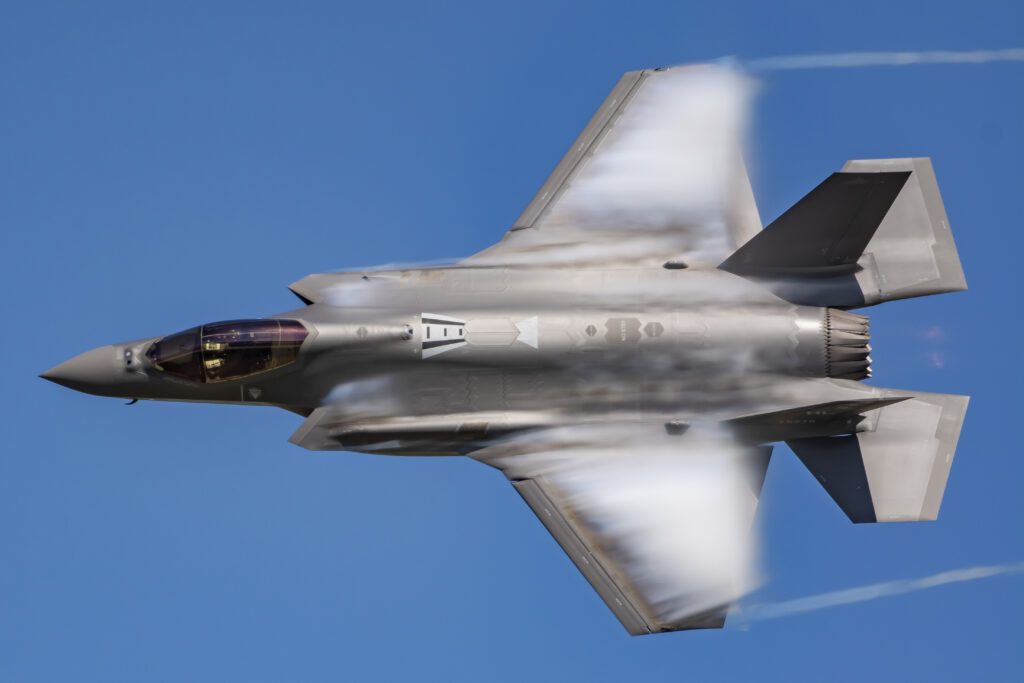
Public Services and Procurement Canada has been in negotiations with Lockheed Martin since April, in order to finalize the contract. A formal contract is not likely to be announced until the new year, but Canada needed to make an initial order by the end of this year in order to keep the first delivery on track for 2025.
While the federal government initially laid out its intention to buy 88 new fighter jets to replace the Royal Canadian Air Force’s (RCAF’s) aging fleet of CF-188 Hornets, the defense sources said the plan is to purchase F-35s in blocks over the next few years.
In addition to the first 16 aircraft, the $7 billion covers spare parts, weapons, and the start-up costs that come with acquiring new jets, according to the sources.
Germany recently announced that it received approval to spend €10 billion (C$14 billion) on 35 F-35 jets. Lockheed Martin said the agreement includes “a comprehensive package of engines, role-specific mission equipment, spare and replacement parts, technical and logistic support, training, and armament.”
The Canadian government had earmarked $19 billion for the fighter replacement project in its 2017 defense policy, but more accurate details on costs were to be refined during negotiations with Lockheed Martin. If Canada is to acquire 88 F-35s, the costs would far surpass $19 billion, and the country’s Air Force would become the world’s second-largest operator of the fifth-generation fighter.
Canada expects to phase out its CF-188s between 2026 and 2032 as it takes delivery of the new F-35s. However, since the CF-188s are aging, the government must invest hundreds of millions of dollars more into the fleet to keep it operational through 2032.
In late 2016, Canada announced a plan to buy 18 Boeing Super Hornets, sans competition, as an interim measure until the future fighter competition could be launched. The U.S. government said the sale of 18 Super Hornets to Canada would cost $6.4 billion at the time. That plan was, of course, scrapped after Boeing launched a trade dispute with Montreal-based Bombardier.
More accurate details on the costs associated with Canada’s F-35 contract remain to be seen until a formal contract announcement is made — which is not likely to occur until January.
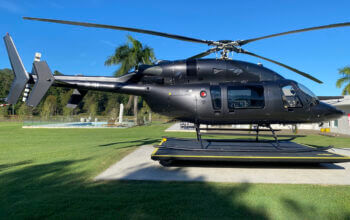
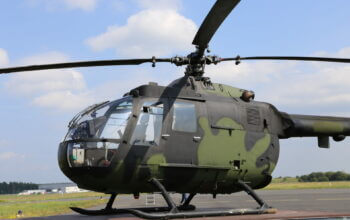
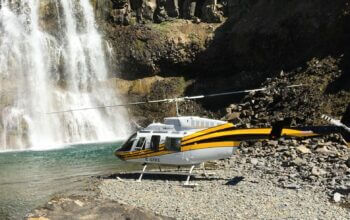
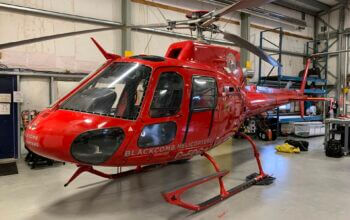
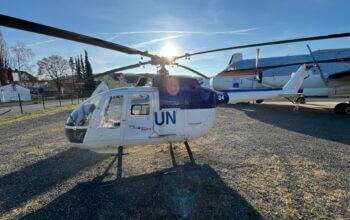
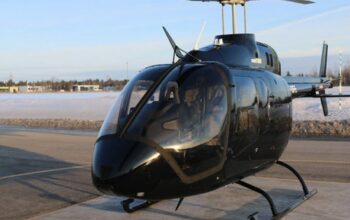
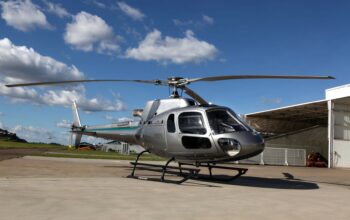
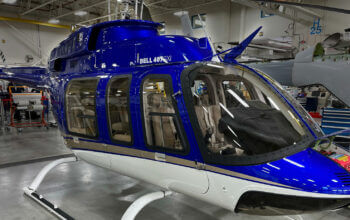
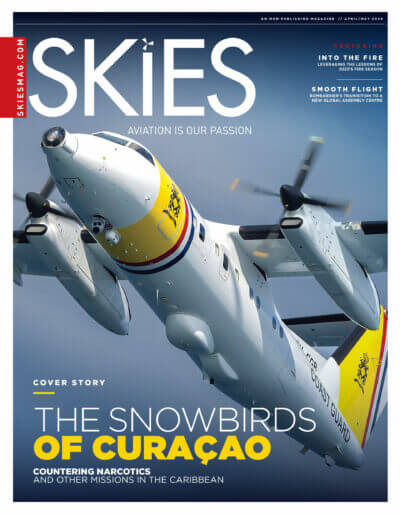
Drones are already rendering these obsolete. What a waste of money
I hope we found some slots in Block 4/APG-85 production line. These will be good for the Canada and the Air Force.
Massive scale version for EPIC FAIL esp for any purchase of fat amy for canuckistan.. even if somehow LHM managed to make the 35 even half of what it was supposed to be (it will never ever be even that in reality) the cold hard reality is it cannot ever do what Canada actually needs!
Therefore yet again it’s pure politics and justin on his knees deciding if he should be sucking up to the chinese or polishing bidens tie again
Its so bad a choice in fact it makes the epic fail of the FA18 pick in 1980 look brilliant by comparison and that was another idiotic move by morons that understood absolutely nothing of the actual job needed to be done.
case in point.. the FA18 could not fly from Montreal to Toronto on internal fuel alone.. which is beyond pathetic considering the sheer distance of our borders .. and fat amy is actually worse in the big picture.. which is sad indeed.
I can honestly say though I’m glad that the 35 didnt exist when I was strapping my ass into a metal crate since the 35 is such a pos I’d turn down even a checkout on it now. Give me my old 5 or 15 in a heartbeat instead!
F-35 is making difference in Ukraine war without firing a bullet what are you talking about.